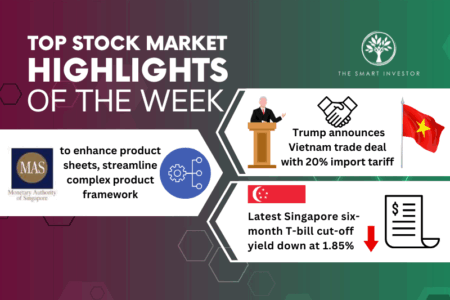The stock market is an incredibly resilient thing. A wonderful example can be seen through some astounding facts I found out earlier this year about Germany’s stock market, courtesy of a blog postfrom investor Anthony Isola.
Germany lost World War I, which lasted from 1914 to 1918, and signed the infamous Treaty of Versailles. The peace agreement placed usurious repayment demands on Germany, which resulted in hyperinflation in the country and the ruin of her economy in the 1920s. This paved the way for Adolf Hitler’s rise to power in Germany in the early 1930s. After Hitler’s ascension, he dragged the globe into World War II, starting with his invasion of Poland in 1939. During the war, Germany suffered decimating air raids on its cities conducted by the Allied nations and by 1945 she had lost the war. Here’s how Germany’s stock market did from 1930 to 1950:

Unsurprisingly, German stocks were smashed shortly after World War II ended. But what happened next was remarkable. Germany managed to rebuild, as the victors decided to support the country’s rehabilitation rather than punitively punishing her as they had done in the aftermath of World War I. Germany’s stock market rebounded, and then some. Isola wrote:
“Amazingly despite losing not one but two World Wars, suffering a vicious bout of wealth destruction due to Hyperinflation, experiencing a Great Depression, and living under the rule of a fanatically evil dictatorship, long-term German investors realized positive returns by 1960. The German market’s real return compounded at an annual rate of 2.4% from 1900-1960. From 1950 to 2000, German stocks posted an annual real return of 9.1%.”
So even after accounting for inflation – and bear in mind that Germany endured hyperinflation in the 1920s because of theTreaty of Versailles – German stocks still generated a return of 2.4% per year from 1900 to 1960. Here’s a chart from Isola’s blog post that shows the performance of Germany stock’s market from 1870 to 1994:

In his blog post, Isola also wrote that “stock markets can be way more resilient than you can imagine. Provided you have the luxury of time to work in your favor.” This is why Jeremy and I are long-term investors. We want time to be on our side.
Note: An earlier version of this article was published at The Good Investors, a personal blog run by our friends.
Want to stay abreast of the latest investing news, analyses, and stories for FREE? Subscribe to our weekly email, Smart Reads, now to receive a curated list of our top articles weekly. CLICK HERE to subscribe now!
Follow us on Facebook and Telegram for the latest investing news and analyses!
Disclosure: Ser Jing does not own shares in any of the companies mentioned.




